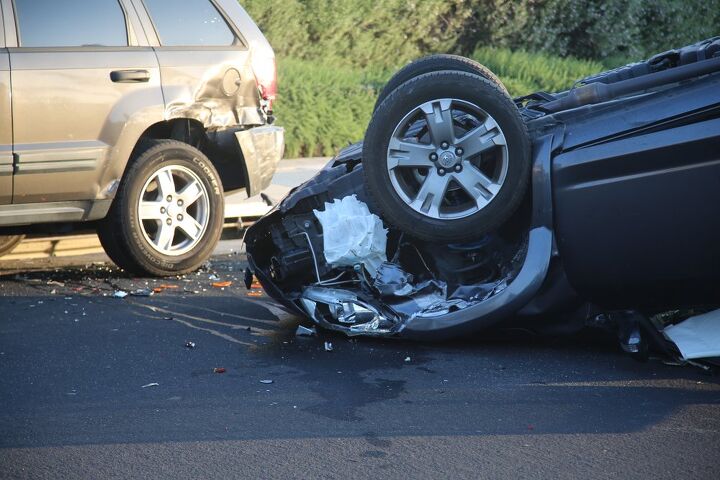#TrafficDeaths
NHTSA: Traffic Deaths Fell Slightly in 2022, but Are Still Elevated
When the pandemic shut down the world, some people took the opportunity to start driving like lunatics. With fewer people on the road, many of the few brave souls behind the wheel began speeding more, which ultimately led to a significant jump in speed-related deaths in 2020. Things appear to be cooling off, as recent data from National Highway Traffic Safety Administration (NHTSA) show a slight decline in traffic deaths during the first nine months of last year.
U.S. Congress Holds Hearing on Increased Traffic Deaths
A U.S. House of Representatives subcommittee conducted a hearing to discuss surging traffic deaths on Wednesday. In 2021, traffic deaths surged by over 10 percent over the previous year for a grand total of 42,915 roadway fatalities. But 2020 also represented a sizable 7 percent increase over 2019, despite there being overwhelming evidence that substantially less driving was done during nationwide COVID lockdowns.
Congresswoman Eleanor Holmes Norton (D-D.C.), the Transportation and Infrastructure subcommittee chair holding the hearing, stated that now was the time to hold a meeting on the issue — as last year represented the single highest increase in traffic deaths since the NHTSA started keeping track in 1975.
Why Are Traffic Deaths Increasing While People Are Driving Less?
The latest data from the National Highway Traffic Safety Administration (NHTSA) is confirming what local agencies have already been suggesting. Last year represented another sizable increase in U.S. roadway fatalities, pitching up by 10.5 percent over the elevated death rate witnessed in 2020. The agency has estimated that 42,915 people were killed in 2021, whereas 2020 resulted in 38,824 fatalities — a 7.1-percent increase over the declines seen in 2019. While the current situation is not nearly as bad as the rates witnessed during the 1970s, this still represents the highest per capita fatalities in sixteen years and everyone is trying to get a handle on why.
Traffic deaths have been on the rise since the start of the pandemic, confusing everyone who counts crashes because the supporting data also shows that there was a lot less driving being done during the period. Historically, years where people are disinclined from hitting the road due to a beleaguered economy tend to represent far fewer traffic-related fatalities. We can see this happening in 1942 when the U.S. braced itself to enter World War II by rationing everything from fuel to rubber. Another glaring example takes place in 1932, as the nation reached the darkest point in the Great Depression. In fact, there are very few examples of per capita improvements in on-road deaths from the pre-war period, and those that do exist coincide directly with economic recession.
Three Makes a Trend: Traffic Deaths Down Again
What this spring needed was more talk of sudden death. So here you go.
According to preliminary estimates released by the National Highway Traffic Safety Administration, fewer people died in highway crashes in 2019 — pushing the nation’s death rate down even further from a modern-era high point reached in 2016.
While data from the Fatality Analysis Reporting System (FARS) does seem to indicate a third straight year of decline, we’re still a ways off from numbers reached just a handful of years ago.
Traffic Deaths in the Age of COVID-19 Run the Gamut
It’s hard to peruse local headlines these days without stumbling across a post or two detailing recent speeding infractions, with the ticketed drivers apparently taking advantage of traffic-free roads and bargain basement gas to see what dad’s Accord can really do.
It makes sense that some drivers would see a pandemic as an opportunity. Generally, vastly fewer vehicles on the roads leads to fewer deaths on those roads, but that’s definitely not true everywhere.




















Recent Comments